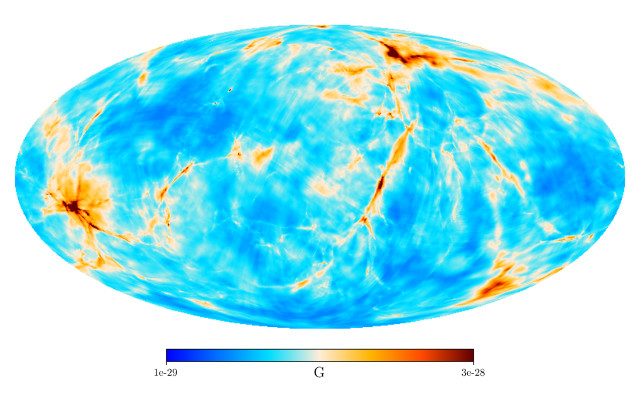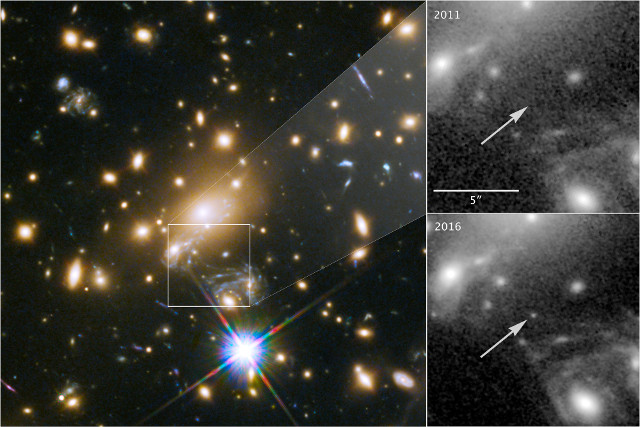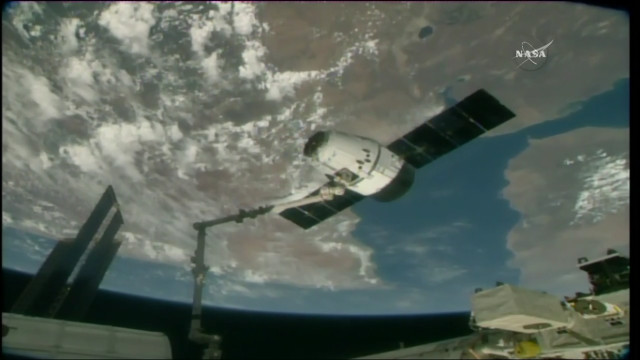
A 3D map of the magnetic fields around the Earth generated after the Big Bang
An article published in the journal “Classical and Quantum Gravity” describes the reconstruction of the map of magnetic fields generated after the Big Bang in the “cosmic neighborhood”. A team of researchers used an algorithm called BORG (Bayesian Origin Reconstruction from Galaxies), developed to work on large-scale structures, to data from the 2M++ galaxy catalog to calculate how these magnetic fields should look like today within a radius of 300 million of light years around the Earth.





